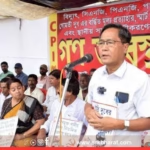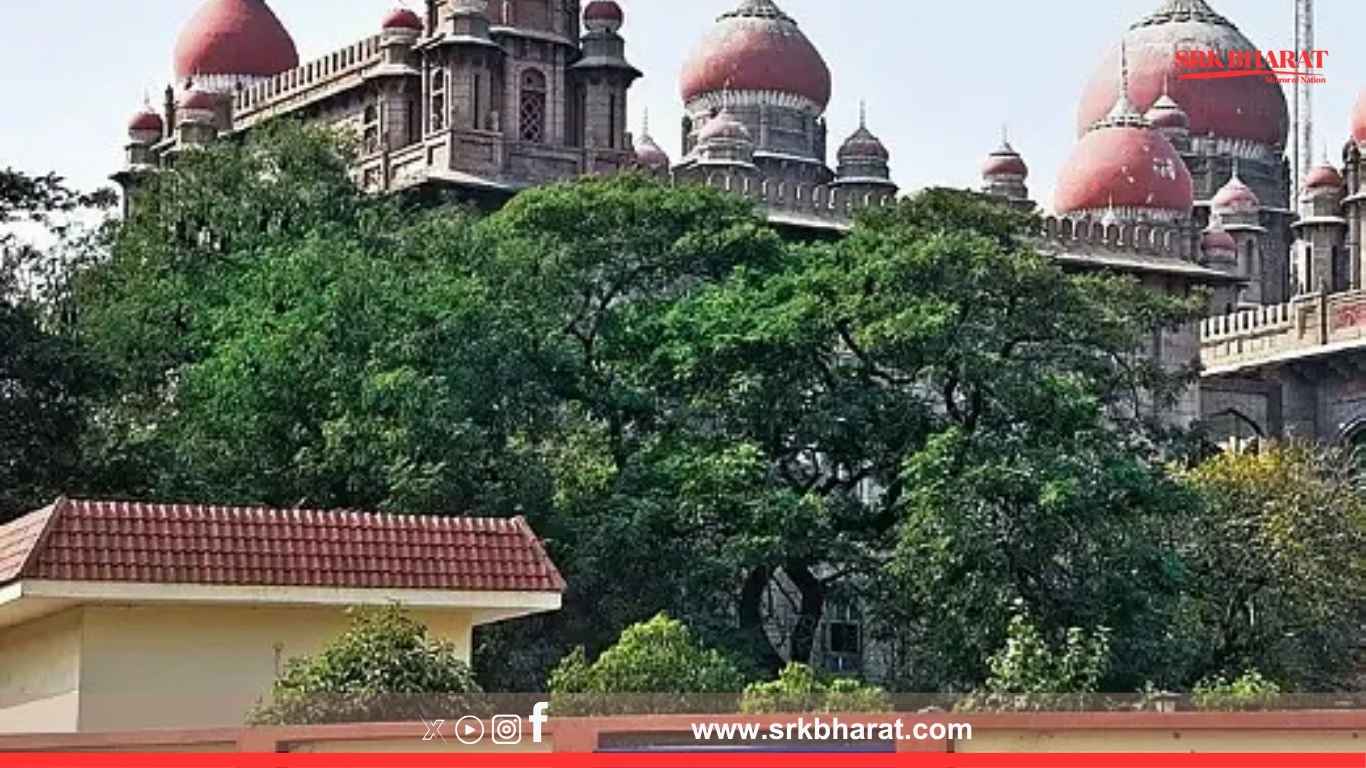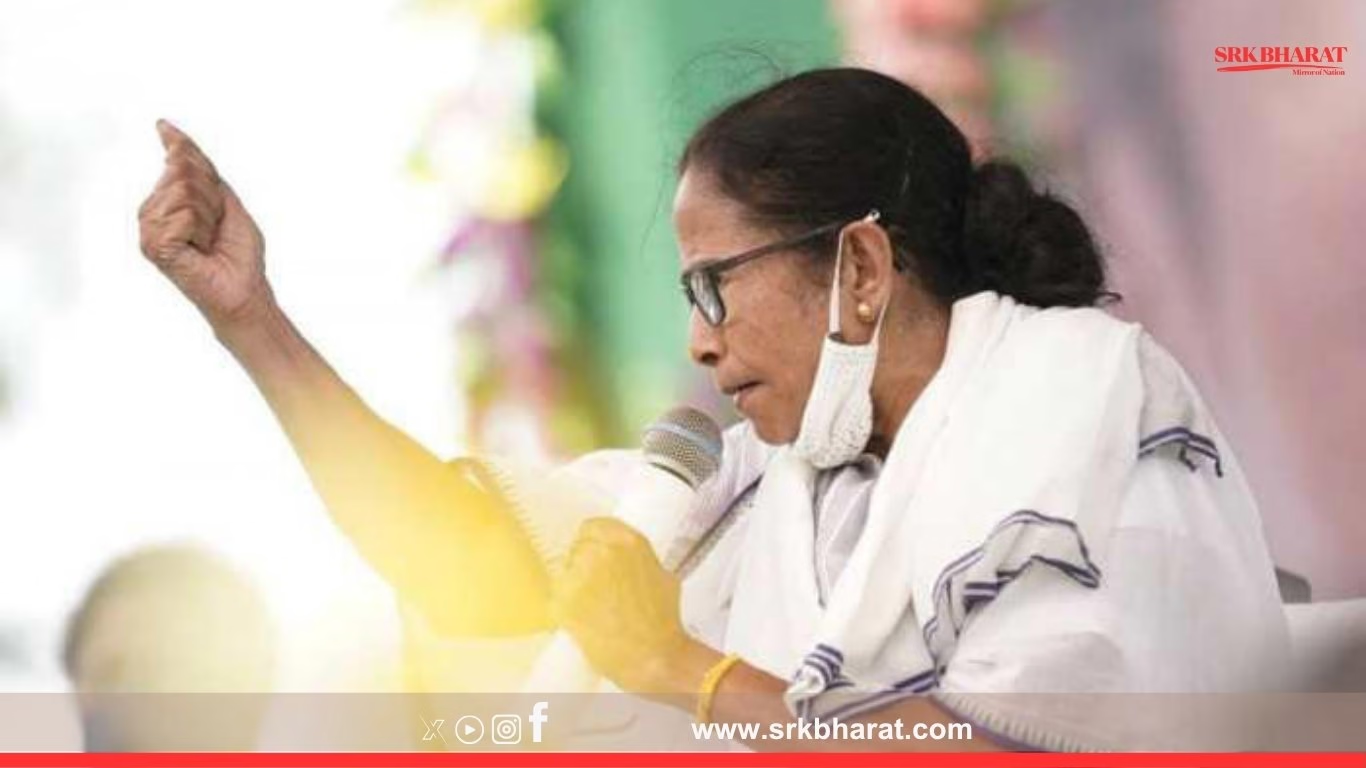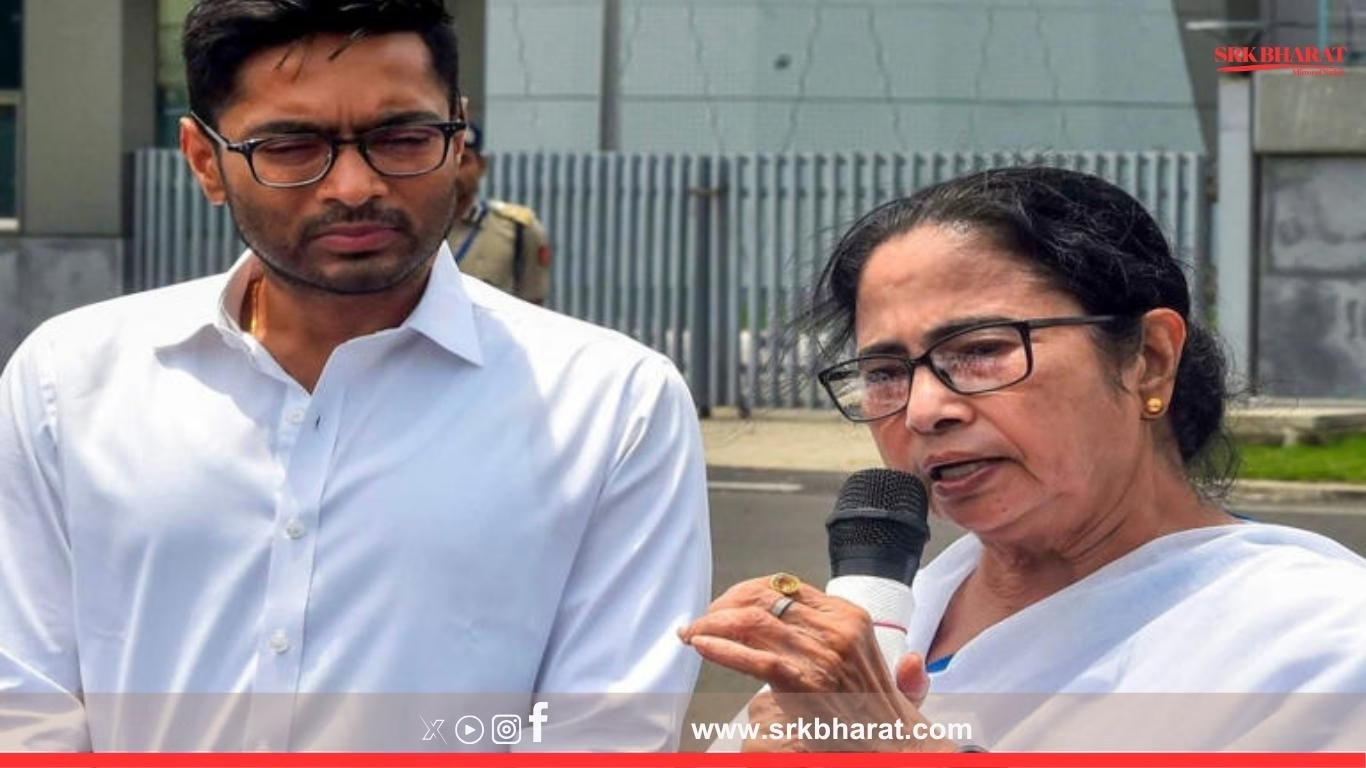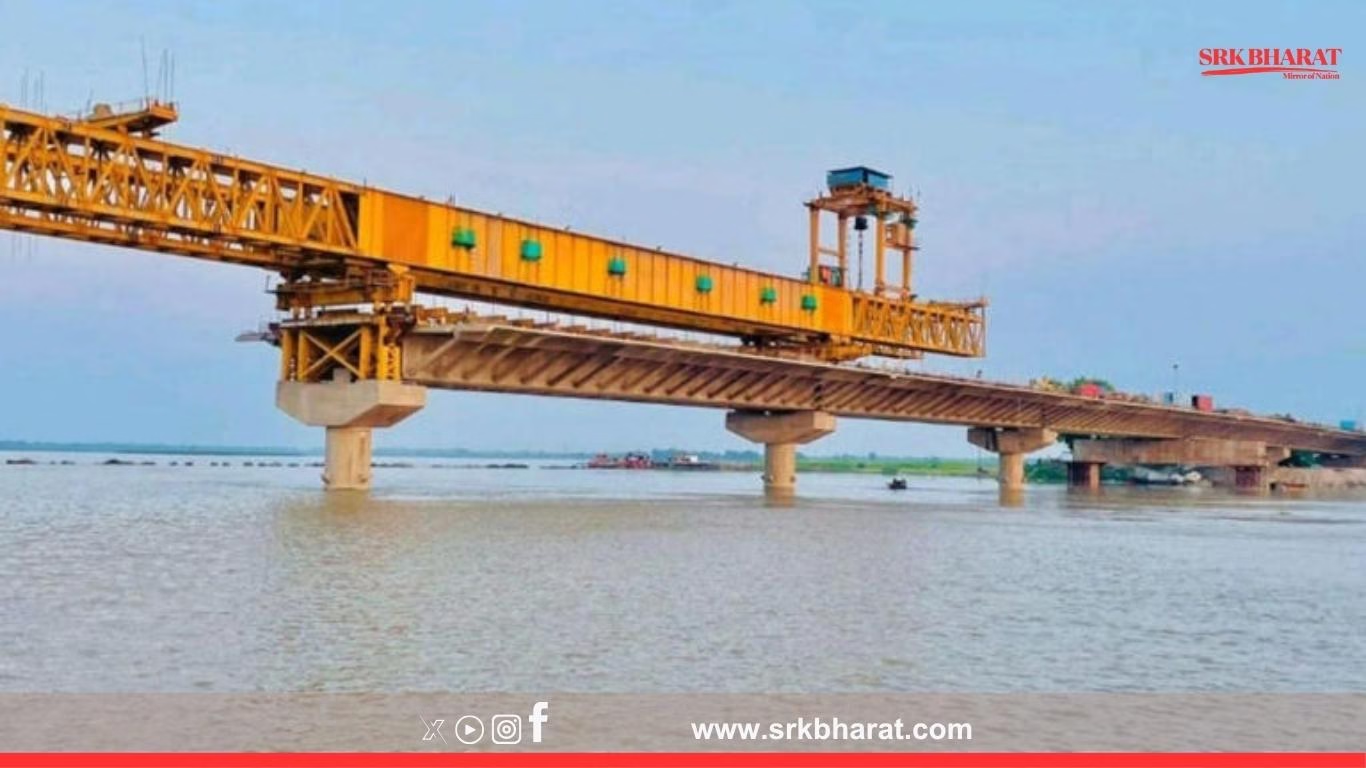In a scathing observation highlighting the poor state of urban civic planning and basic sanitation infrastructure, the Telangana High Court on Monday remarked that the state government “does not even have land to construct public toilets”, questioning the administrative priorities in addressing fundamental citizen needs.
Context of the Case
The division bench comprising Chief Justice Alok Aradhe and Justice Anil Kumar Jukanti was hearing a Public Interest Litigation (PIL) filed by an NGO, Forum for Better Hyderabad, seeking directives to the state and Greater Hyderabad Municipal Corporation (GHMC) to increase the number of accessible public toilets in the city to ensure hygiene, dignity, and ease for citizens, especially women, children, and the elderly.
Key Observations by Telangana High Court
The bench noted:
“It is surprising and unfortunate that the state claims it has no land even for constructing public toilets. Land is allotted for luxury projects and commercial complexes, but not for essential public sanitation.”
Highlights of the Court Hearing
| Issue | Observation |
|---|---|
| Lack of Public Toilets | Court noted serious inadequacy of public toilets across Hyderabad and Telangana urban local bodies. |
| Government Response | State’s counter affidavit claimed land unavailability in prime areas as a bottleneck. |
| Court’s Response | Bench termed it an unacceptable excuse, emphasising that sanitation is a constitutional right linked to health and dignity. |
| Next Hearing | Scheduled for August 6, 2025, with directives to GHMC to submit an action plan identifying spaces for toilets. |
Present Status of Public Toilets in Hyderabad
As per GHMC’s recent affidavit:
- Total GHMC-maintained toilets: Approximately 4,200.
- Population per toilet ratio: Over 2,500 people per public toilet in high-density zones, against the recommended norm of 1 toilet per 100-150 users in urban public spaces.
- Functionality issues: Nearly 30% of toilets are dysfunctional or unhygienic, lacking water supply, maintenance, or lighting.
Telangana Urban Sanitation Challenges
| Parameter | Urban Telangana (Approx.) | Ideal Benchmark |
|---|---|---|
| Public Toilets (all ULBs) | ~6,800 | Minimum 1 per 100 male users and 1 per 50 female users in markets, bus stands, and hubs |
| Accessibility for Women & Disabled | Very low dedicated facilities | Universal design toilets mandatory under Swachh Bharat guidelines |
| Maintenance Mechanism | Mostly outsourced to private operators with irregular monitoring | Community or municipal supervision with daily cleaning |
National Guidelines and Telangana’s Gap
The Swachh Bharat Mission – Urban guidelines mandate:
- Adequate public and community toilets every 500 metres in high footfall areas.
- Universal accessibility with ramps and safety measures.
- GPS tagging of toilets for easy mapping.
However, civic activists argue that Telangana’s urban areas remain poorly equipped with functional toilets, making it unsafe and undignified, particularly for women vendors, domestic workers, and urban homeless populations.
Reactions to High Court’s Remarks
Civic Activists
Urban planner and sanitation rights activist Rajani Reddy said:
“It is shameful that land is always available for multiplexes and malls but not for public toilets. The High Court has exposed this planning hypocrisy.”
GHMC Officials
A senior GHMC officer, requesting anonymity, stated:
“We are identifying sites under parks, parking lots, and metro corridors to construct prefabricated toilets. Budget and maintenance challenges remain but we will submit a detailed plan to the court.”
Public Opinion
Many citizens took to social media highlighting daily struggles, especially in areas like Charminar, Begum Bazaar, Koti, Secunderabad station, and busy bus terminals, demanding immediate construction of clean, safe, and gender-sensitive toilets.
Comparative State-wise Analysis: Public Toilets
| State | Approx. Urban Population | Public Toilets (Urban) | Toilet per Person Ratio |
|---|---|---|---|
| Delhi | 1.9 crore | ~7,500 | 1:253 |
| Maharashtra (Mumbai + Urban) | 5.5 crore | ~15,000 | 1:366 |
| Tamil Nadu (Chennai + Urban) | 3.2 crore | ~9,500 | 1:336 |
| Telangana (Urban) | 1.6 crore | ~6,800 | 1:2352 |
Legal Basis for Public Toilets as Citizen Right
The High Court referred to constitutional provisions under:
- Article 21: Right to life with dignity includes access to sanitation.
- Supreme Court guidelines: Directed states to ensure urban homeless and floating populations have access to free toilets and water.
Upcoming Measures Expected
The High Court directed the state government to:
- Identify public lands, metro corridors, park corners, and municipal office premises for toilet construction.
- Submit a zone-wise plan detailing locations, cost, timeline, and maintenance mechanism.
- Explore PPP models and CSR funding to overcome budget constraints without delaying implementation.
Future Implications
| Area | Impact |
|---|---|
| Urban Women’s Safety | Improved toilet infrastructure reduces open defecation risks and enhances public space safety for women. |
| Public Health | Prevents urination and defecation in open areas, reducing contamination and vector-borne diseases. |
| Ease of Living Rankings | Will improve Hyderabad and Telangana’s rankings in national urban sanitation and liveability indices. |
Conclusion
The Telangana High Court’s stern observations have exposed the glaring gaps in the state’s civic planning. As the hearing continues, the government’s ability to prioritise fundamental sanitation infrastructure over commercial real estate will be under public and judicial scrutiny. The outcome will determine whether Telangana can fulfil its constitutional obligations towards health, dignity, and ease of living for all its urban citizens.
Disclaimer: This news content is for informational purposes only. Readers are advised to refer to official court orders and government notifications for accurate legal references and policy implementation details.





